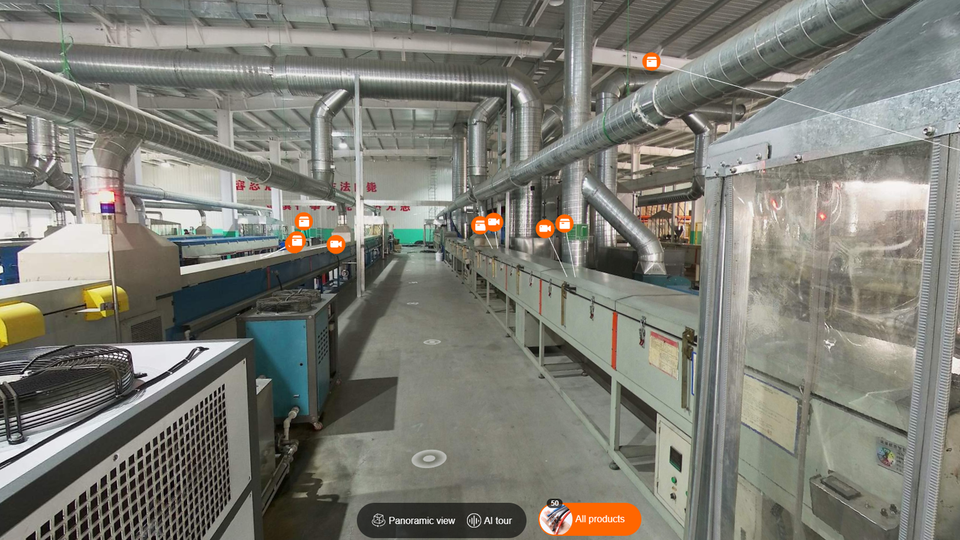Choosing the Right Oven Seal for Your Stove Maintenance Needs
Understanding Stoves, Ovens, and Seals A Guide to Kitchen Appliances
In modern kitchens, stoves and ovens are crucial appliances that play a significant role in food preparation. While we often focus on the cooking capabilities and designs of these appliances, one vital aspect that typically goes unnoticed is the sealing mechanisms that ensure efficient operation and safety.
The Importance of Seals
Seals in stoves and ovens serve several essential functions. Firstly, they prevent heat from escaping during cooking, which enhances efficiency and saves energy. A well-sealed oven will maintain a consistent temperature, allowing for evenly cooked meals. When the seals are compromised, heat can leak out, leading to longer cooking times and increased energy bills.
Moreover, seals contribute to the safety of the appliance. In gas stoves and ovens, the seals help prevent gas leaks, which can lead to hazardous situations if undetected. Therefore, maintaining the integrity of these seals is crucial for the safety and efficiency of any kitchen appliance.
Types of Seals
There are various types of seals used in stoves and ovens, each designed for specific functions
. The most common materials used for seals are silicone, rubber, and felt.- Silicone Seals Known for their durability and resistance to high temperatures, silicone seals are often used in modern ovens. They provide an effective barrier against heat loss and are easy to clean, making them a popular choice among manufacturers.
- Rubber Seals While not as heat-resistant as silicone, rubber seals are still commonly found in many appliances. They are typically used in areas that do not experience extreme heat and are valued for their flexibility and ease of use.
stoves oven seal

- Felt Seals Often used around the door of older ovens, felt seals are excellent for insulation but may wear out over time. Regular maintenance is required to ensure that they effectively seal the appliance.
Maintenance Tips
To ensure the longevity and efficiency of your stove and oven seals, regular maintenance is essential. Here are a few simple tips
1. Inspection Regularly check the seals for any signs of wear and tear, such as cracks, tears, or gaps. If you notice any damage, it’s crucial to replace the seal promptly.
2. Cleaning Keep the seals clean from food debris and grease. A simple mixture of warm soapy water can help maintain their integrity. Avoid harsh chemicals that may degrade the material.
3. Temperature Checks Occasionally, use an oven thermometer to test the temperature inside the oven. If there are discrepancies, it might indicate a problem with the seals.
4. Professional Help If you're unsure about the condition of your seals or need replacement, consider consulting a professional technician who can offer expert advice and service.
Conclusion
In conclusion, the often-overlooked seals of stoves and ovens are pivotal to their function and safety. By understanding their importance and ensuring proper maintenance, you can enhance the performance of your kitchen appliances, save energy, and keep your cooking environment safe. Invest time in caring for these seals, and they will serve you delicious meals for years to come.
-
Under Door Draught Stopper: Essential ProtectionNewsJul.31,2025
-
Garage Door Seal and Weatherstrips for ProtectionNewsJul.31,2025
-
Edge Banding Tape for Perfect EdgesNewsJul.31,2025
-
Table Corner Guards and Wall Corner ProtectorsNewsJul.31,2025
-
Stair Nose Edging Trim and Tile Stair SolutionsNewsJul.31,2025
-
Truck Bed Rubber Mats for Pickup BedsNewsJul.31,2025
-
Window Weather Stripping for Noise ReductionNewsJul.29,2025